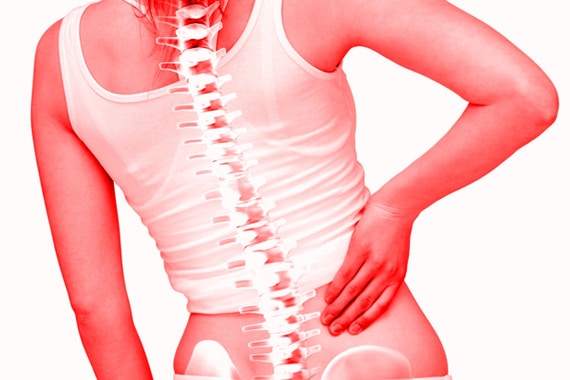
The spine (or spine) consists of vertebrae in the middle of which is a channel: the spinal canal. It contains the spinal cord and the nerves. At the lumbar level, the spinal cord stops and the canal contains only the nerves of the “ponytail” which innervate the lower limbs and the perineum.
This channel is usually wide enough to easily contain all nerve roots. Depending on the constitution of the patient or because of natural wear phenomena (osteoarthritis), a narrowing of the spinal canal (lumbar ductal stenosis or narrowed lumbar canal) may occur.
This narrowing or “stenosis” of the spinal canal will cause compression of the nerve elements contained in the spinal canal
Surgery alone widens the diameter of the spinal canal.
An intervention is considered when the patient has had a complete medical treatment, when he “has tired of having pain” or in case of emergency:
Motor deficit (paralyzing sciatica);
Intolerable pain not relieved by opioids (hyperalgic sciatica);
Syndrome of the ponytail (perineal disorders, sphincter dysfunctions especially urinary).




